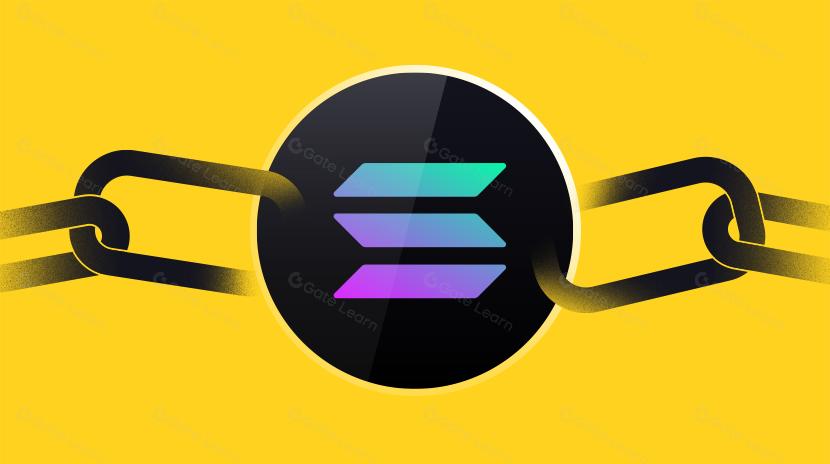baas meaning

Blockchain as a Service (BaaS) is a cloud service model that enables businesses and developers to easily build, host, and use blockchain applications on a cloud service provider's infrastructure. This model eliminates the complexity and high costs of building blockchain networks from scratch, allowing organizations to focus on business logic and application development rather than maintaining the underlying technical architecture. BaaS providers typically handle blockchain network deployment, maintenance, resource allocation, and security management, offering pay-as-you-go blockchain solutions to customers.
Background: What is the origin of BaaS?
The concept of Blockchain as a Service (BaaS) emerged from the evolution of cloud computing service models. As blockchain technology began attracting attention for enterprise-level applications in the mid-2010s, many organizations faced technical barriers and resource constraints in implementing blockchain solutions.
In 2015, Microsoft was the first to launch a Blockchain as a Service product through its Azure platform, soon followed by tech giants like IBM, Amazon, and Alibaba Cloud. These early BaaS platforms primarily supported mainstream blockchain frameworks such as Ethereum and Hyperledger, providing enterprises with a low-risk path to explore blockchain technology.
The emergence of BaaS represented a significant step in blockchain technology's transition from experimental stage to mature business applications, lowering the barriers to technology adoption and accelerating innovation and exploration of blockchain applications across industries.
Work Mechanism: How does BaaS work?
The working mechanism of Blockchain as a Service (BaaS) revolves around several core components:
-
Infrastructure Layer: BaaS providers deploy and maintain robust cloud computing infrastructure, including servers, storage, networking, and security systems to support the operation of blockchain networks.
-
Blockchain Network Layer: Above the infrastructure, providers configure and manage blockchain protocols and networks, such as Ethereum, Hyperledger, or proprietary blockchain systems.
-
Service Interface Layer: BaaS platforms provide APIs, SDKs, and development tools that allow clients to interact with the blockchain network through simple interfaces, executing transactions, deploying smart contracts, or accessing blockchain data.
-
Management and Monitoring: The platform typically includes features for network monitoring, performance optimization, node management, and security auditing to ensure the stability and security of blockchain services.
-
Ecosystem Integration: Advanced BaaS platforms also offer integration capabilities with existing business systems, identity authentication systems, and other cloud services.
Customers can use these services through subscription or pay-as-you-go models without needing to understand the underlying technical details or maintain their own blockchain infrastructure.
What are the risks and challenges of BaaS?
Despite the convenience Blockchain as a Service (BaaS) offers to enterprises, it still faces several significant risks and challenges:
-
Centralization Risk: Relying on a single service provider to run blockchain services somewhat contradicts the core principle of blockchain decentralization, potentially leading to single points of failure or excessive centralization of control.
-
Vendor Lock-in: Limited interoperability between different BaaS platforms means that once an enterprise deeply uses proprietary features of a particular platform, the cost and difficulty of migrating to another platform can be high.
-
Compliance and Data Sovereignty Issues: In cross-border operations, data storage location and processing methods may be subject to regulatory requirements from different jurisdictions, increasing compliance complexity.
-
Security Challenges: Although blockchain itself provides encryption protection, access control, API security, and identity management of BaaS platforms may still contain vulnerabilities.
-
Performance and Scalability: Blockchain networks in public cloud environments may face performance bottlenecks, especially in scenarios with high transaction volumes and complex computations.
-
Cost Management: As usage increases, the pay-per-use model of BaaS can lead to costs that are difficult to predict and control.
Enterprises adopting BaaS solutions need to comprehensively assess these risks and develop appropriate risk mitigation strategies.
Blockchain as a Service (BaaS) represents an important bridge for blockchain technology toward widespread commercial application. By lowering technical barriers and initial investment, it enables more organizations to explore and leverage the value of blockchain. As technology matures and standards develop, BaaS will continue to evolve, potentially giving rise to more specialized, industry-specific solutions. For enterprises, BaaS provides a gradual path to blockchain adoption, allowing them to validate blockchain use cases and accumulate implementation experience without taking on full technical risks. However, organizations need to balance the convenience of BaaS against the long-term implications of platform dependency when choosing BaaS, ensuring they select solutions that align with their business objectives and technical strategies.
Share
Related Articles

The Future of Cross-Chain Bridges: Full-Chain Interoperability Becomes Inevitable, Liquidity Bridges Will Decline

Solana Need L2s And Appchains?
